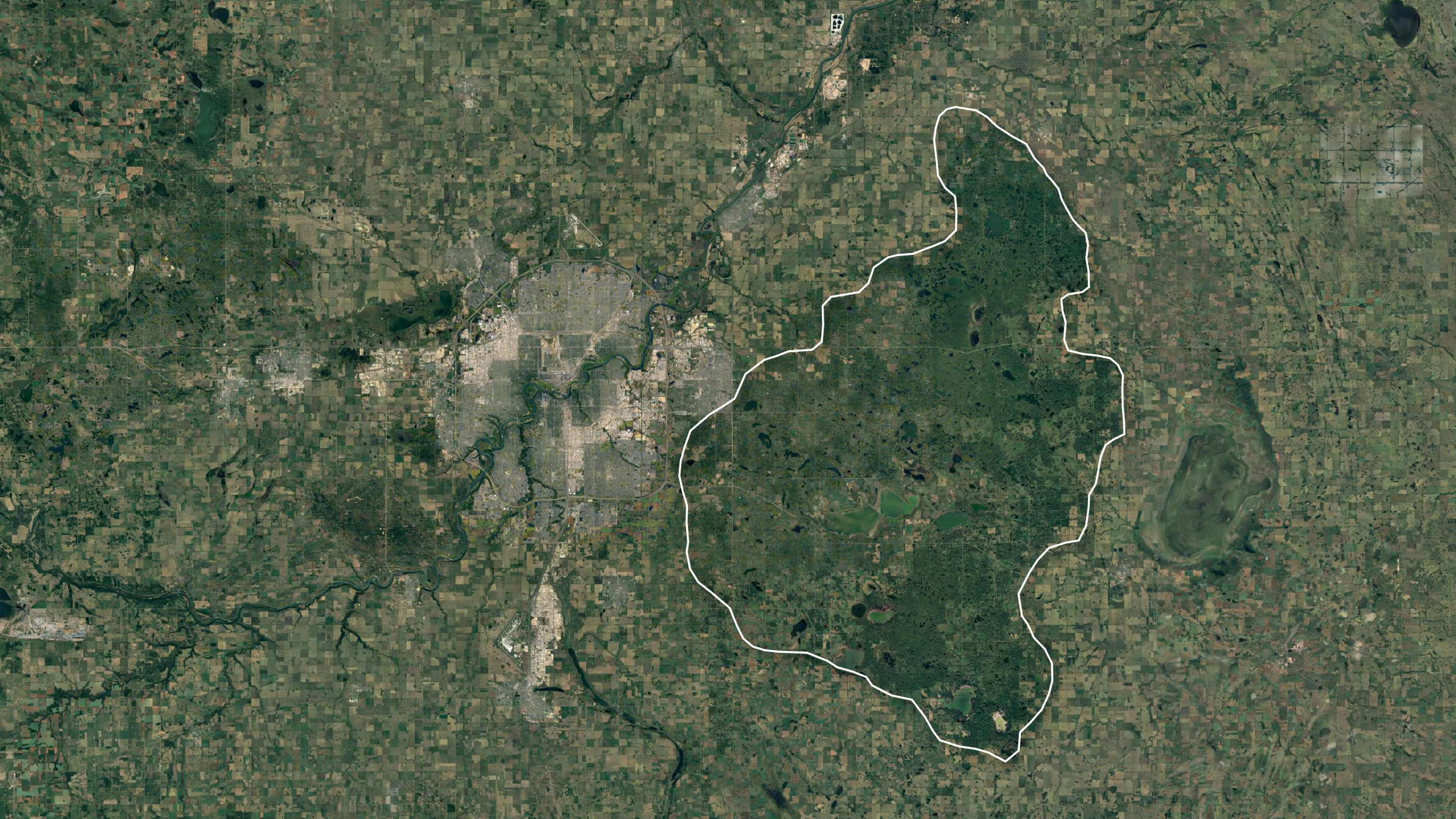The Beaver Hills moraine is a geologically distinct area in central Alberta that is characterized by its knob and kettle terrain. This area is well known for its abundant wetlands, lakes, native forest, and grassland habitats that all support a high level of biodiversity and a wide range of ecosystem services.
In 2016, the Beaver Hills moraine was recognized by the United Nations Education, Scientific and Cultural Organization (UNESCO) as a Biosphere Reserve. Biosphere Reserves are internationally recognized “Science for Sustainability support sites,” where the relationship and interaction between social and ecological systems can be explored and managed through interdisciplinary approaches. A key function of a Biosphere Reserve is to facilitate demonstration projects, support environmental education, and promote sustainable development education and training, research, and monitoring.
To this end, the Beaver Hills Biosphere (BHB) Reserve Association initiated a wetland conservation and stewardship pilot project in 2019 that aims to explore alternative approaches to wetland conservation and stewardship in a way that supports both traditional and current cultural attributes of the Biosphere.
Through this approach, the BHB will be a living laboratory in which knowledge can be co-created and explored by a wide range of stakeholders, and potential solutions and approaches to land management can be tested and refined in an applied context. A key goal of the BHB wetland pilot is to test and evaluate a diverse set of policy and market approaches for incentivizing wetland stewardship within the Biosphere, such that the multiple benefits associated with wetland conservation and restoration can be maintained or enhanced.
In support of this work, Fiera Biological was commissioned to complete two wetland policy and science review projects. The first project synthesized the type and scope of existing wetland policies and regulations that apply to wetlands in the Biosphere. The second project reviewed the state of science related to the management of wetland function and the quantification of ecosystem services.
A major conclusion from the science and policy review was that existing wetland inventories for the Biosphere were out-of-date and lacked information about whether the wetland had been impacted by drainage activities. Given that a primary objective of the pilot project is to create incentives for wetland restoration, having information about the number and location of restorable wetland basins within the Biosphere Reserve was essential. Consequently, Fiera Biological created a restorable wetland inventory for the BHB. This inventory mapped wetlands as per the Alberta Wetland Classification System, and each wetland was attributed with a condition label identifying whether the wetland has been impacted by drainage activities.
The information created by Fiera Biological is currently being used by the Beaver Hill Biosphere Reserve Association to be considered, integrated into and/or leveraged by the pilot program
